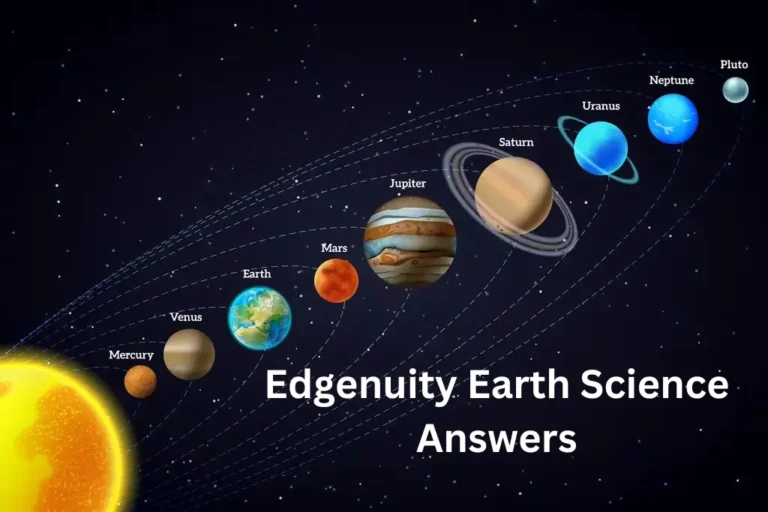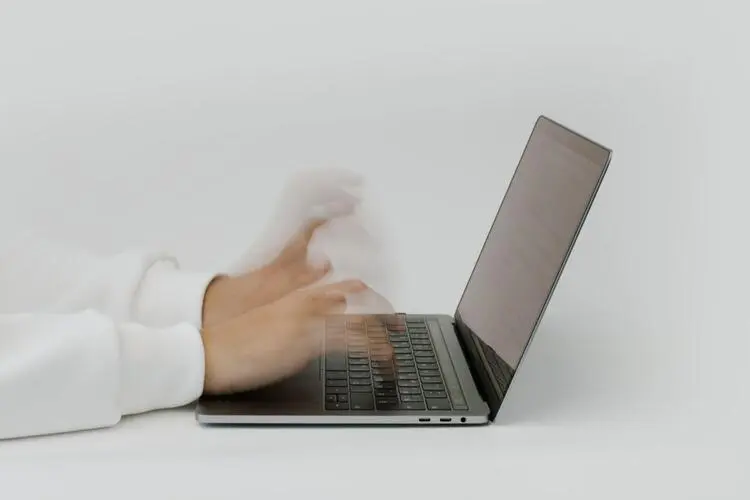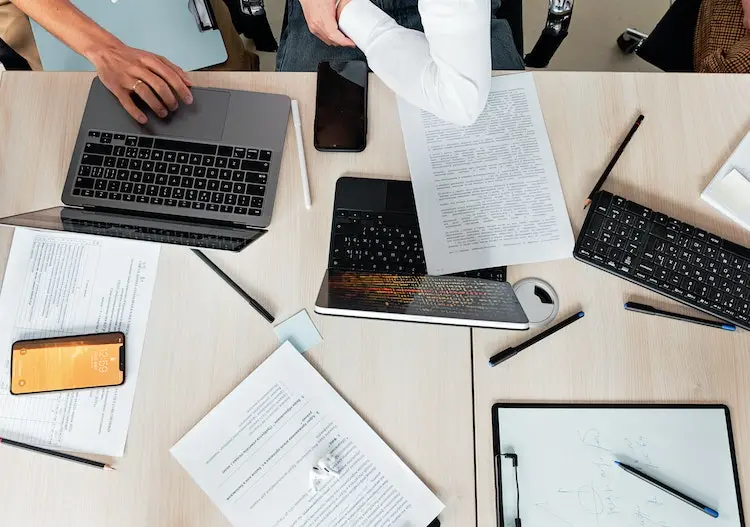Everything you have to know about Forensic Image.
A forensic image is a bit-by-bit copy of a digital device’s storage that preserves the data’s integrity and is used for forensic analysis or investigation purposes.
Types of Forensic Images
When it comes to digital forensic investigations, there are two main types of forensic images: PHYSICAL and LOGICAL.

1. Physical Forensic Images
Physical forensic pictures are precise copies of a storage device’s entire contents, including all data and metadata. They are also referred to as bit-by-bit images or raw images. The operating system, file systems, and any deleted or hidden files are all included in this.
A replica of the entire storage device, sector by sector, can be made using specialised hardware or software tools to acquire physical forensic pictures. When the complete storage device must be viewed due to hardware failure or when examining a compromised system, this kind of image is helpful.
2. Logical Forensic Images
Only particular data from a storage device is captured by logical forensic images, also referred to as file-by-file images or selective images. This kind of image often excludes any vacant space or deleted files and just contains the data that is currently being used by the device.
Software programmes that may selectively copy specific files or directories from a storage device can be used to acquire logical forensic pictures. In comparison to acquiring a physical forensic image, this type of image can save time and storage space when only a limited amount of data needs to be analysed.
Acquisition of Forensic Images
A crucial stage of digital forensic investigations is the acquisition of forensic photographs. It is crucial to adhere to best practises and utilise the proper tools in order to guarantee the quality and integrity of the data.
Best Practices for Acquiring Forensic Images
- Use a write-blocking device: This makes sure that during the acquisition procedure, the original data on the storage device is not changed.
- Document the chain of custody: Recording who has access to the evidence at each stage of the inquiry falls under this category.
- Verify the integrity of the image: A cryptographic hash can be used to accomplish this, guaranteeing that the obtained image is an identical replica of the original data.
- Make multiple copies: The forensic image should be duplicated at least twice in case one copy is damaged or lost.
- Use appropriate equipment: Pick the right tools for the type of storage device you’re imaging, and use them according to the instructions provided by the maker.
- Follow legal and ethical guidelines: Follow all applicable laws, rules, and regulations as well as the moral principles governing digital forensic investigations.
Common Tools Used to Acquire Forensic Images
- dd: A command-line utility for creating bit-by-bit copies of storage devices.
- FTK Imager: A tool with a graphical user interface that can gather forensic photos both physically and logically.
- EnCase: A set of forensic tools included in commercial software for forensics.
- ProDiscover: an instrument for forensics that can make both physical and logical photographs of storage systems.
- AccessData Forensic Toolkit (FTK): A collection of forensic tools with a capability to gather forensic photographs.
Analysis of Forensic Images
In digital forensic investigations, data analysis comes after forensic picture acquisition. This entails looking through the forensic image’s contents and locating any pertinent evidence.

Techniques Used to Analyze Forensic Images
- File carving: This entails removing files from the forensic image based on predetermined file headers or signatures.
- Keyword searching: This entails scouring the forensic image for particular words or phrases.
- Timeline analysis: Based on file change and access times, a timeline of system activity must be reconstructed in this process.
- Hash analysis: To do this, the cryptographic hashes of the files in the forensic image are compared to those of known malicious file hashes.
- Steganography detection: Using specialised tools, this entails finding hidden data within files or images.
Challenges Faced in Analyzing Forensic Images
- Large volumes of data: Terabytes of data can be present in forensic photographs, making analysis labour- and resource-intensive.
- Encryption and obfuscation: Without the proper decryption keys or tools, it might be difficult to analyse encrypted or obfuscated material.
- Fragmented data: It may be challenging to piece together an accurate picture of activities due to data fragmentation across the storage device.
- Anti-forensic techniques: Anti-forensic methods may be used by malicious actors to conceal their actions or alter the forensic image.
- Privacy concerns: Forensic photographs may include sensitive or private information, necessitating careful processing and privacy protection.
Applications of Forensic Images
Forensic images have numerous applications in the field of digital forensics, criminal investigations, and civil litigation.

Digital Forensics
In order for investigators to examine digital devices and extract evidence in a forensically sound manner, forensic photographs are essential in digital forensics. Experts in digital forensics use forensic photos to find and examine data, such as emails, chat logs, and browsing history, that may be pertinent to an inquiry.
Criminal Investigations
Criminal investigations frequently use forensic photos to find information about fraud, cybercrime, or other illegal actions. A forensic image can be used by forensic investigators to recover deleted files, identify malware or other dangerous software, or reconstruct a timeline of activity on a digital device.
Future of Forensic Images
The development of technology will have a significant impact on how forensic photos are used. Forensic investigators will have access to new tools and methods for producing, examining, and deciphering digital evidence as technology advances.

Advancements in Technology and Their Impact on Forensic Images
The creation of artificial intelligence and machine learning algorithms is one of the most significant technological developments that is likely to have an impact on forensic photos. Many of the procedures involved in forensic analysis could potentially be automated by these technologies, making the process faster and more precise.
Other technological developments that could have an effect on forensic images are:
- Improvements in data storage and retrieval, enabling researchers to examine larger and more complicated data sets.
- Recent advances in cloud computing and distributed computing will make it possible for researchers to exchange data and work together more successfully.
- Developments in computer vision and image processing, which will make it simpler to recognise and extract pertinent information from digital photos.
As these technologies advance, forensic investigators will probably be able to glean more information from digital evidence, producing more precise and trustworthy results.
Conclusion
In conclusion, forensic photographs are a crucial instrument in today’s criminal justice system for the investigation and prosecution of crimes. It takes specialised knowledge and skills to acquire, analyse, and apply forensic photographs, and these tasks must be completed in accordance with ethical standards, legal requirements, and best practises. Technological developments will continue to have an impact on the field of forensic imaging, especially in areas like artificial intelligence and machine learning, giving investigators new tools and methods to glean more information from digital evidence. To make sure that investigators are able to tackle the difficulties of digital forensics, ongoing study and development will be required.
FAQs
What is a forensic image?
A digital copy of the information on a device, like a computer or a smartphone, that may be used for forensic examination is known as a “forensic image.”
What are the different types of forensic images?
Physical and logical images are the two basic categories of forensic imaging. Logical pictures are copies of a device’s logical structure, whereas physical images are exact replicas of the storage medium used by the device.
How are forensic images acquired?
With the aid of specialised software tools that produce a bit-by-bit replica of a device’s storage media, forensic pictures are often acquired.
What are some challenges in analyzing forensic images?
Finding important information amidst a sea of useless data and dealing with encrypted or otherwise secured files are difficult tasks when analysing forensic photographs.
Can forensic images be used as evidence in court?
If gathered lawfully and according to the legal system’s requirements for admissibility, forensic photographs can be presented as evidence in court.







